Audiotent Tip 402. 3 Reverb Processing Techniques.
Here are three tricks to fine-tune your reverb and make it sit in the mix:
1) Cut the low end.
In some situations, the low end coming from a reverb is exactly what’s need (e.g. when creating an impact sound effect from a kick drum). However, most of the time, we aim to keep the low-frequency spectrum clear of any mud. This gives the required room for kick and bass elements.
Adding a low cut EQ right before the reverb will ensure that bass frequencies remain dry. This is especially useful when working with broad bass sounds, such as open synth bass. We can make the sound alive by adding some reverb, whilst retaining the subs untouched.
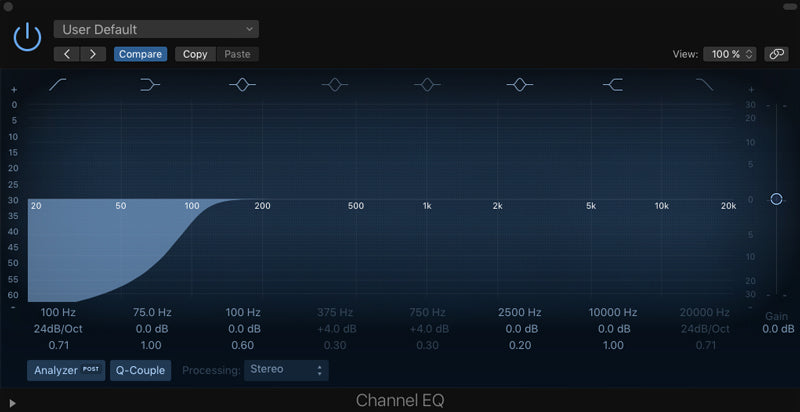
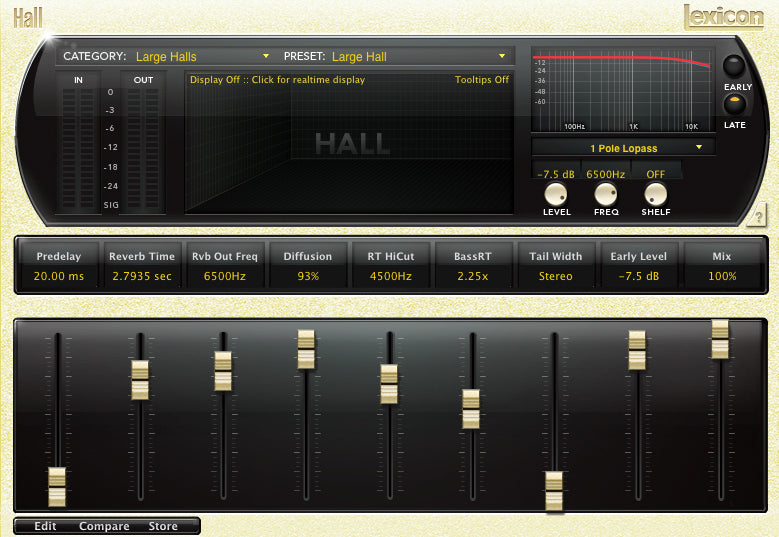
2) Sidechain.
Ducking the reverb every time your kick hits is a common technique used in electronic dance music. It can help to keep the reverb grooving with your track.
Don’t overlook the amount of side chain too. Subtle processing tends to create the most natural results. The best way to achieve this is to insert a compressor (with side-chain input) right after the reverb. Alternatively, you could try using the volume shaping tools such Xfer’s LFO Tool.
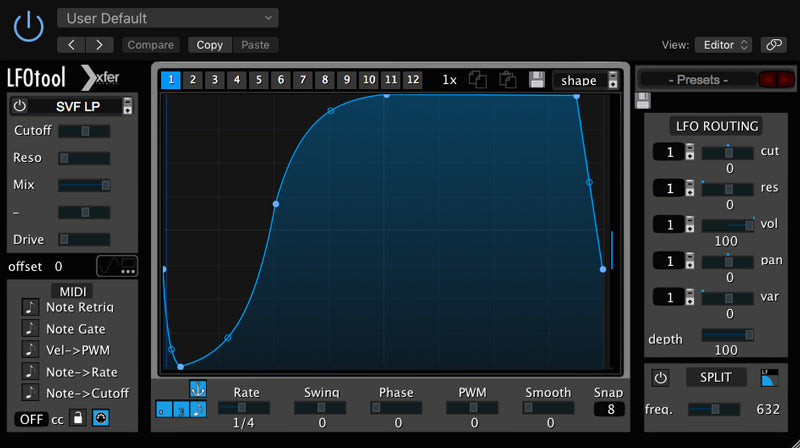
3) Reduce the stereo width.
Reverb adds a sense of depth to our sounds. However, extra wide reverbs can often feel disconnected from the dry signal, especially if the dry signal is narrow in width or completely mono.
To create a more intricate space, where the reverb feels like an extension of the sound, try reducing its stereo width. There are multiple tools to achieve this. If your DAW doesn’t offer a stereo imager, try something like ‘S1 Imager’ from Waves.
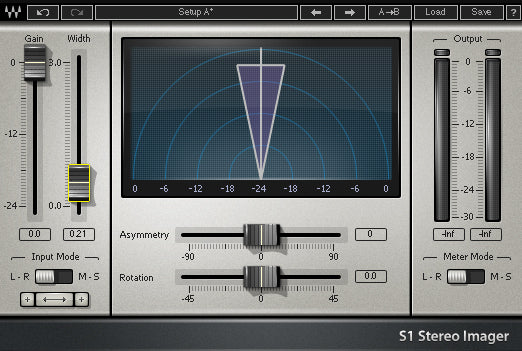
Here are three tricks to fine-tune your reverb and make it sit in the mix:
1) Cut the low end.
In some situations, the low end coming from a reverb is exactly what’s need (e.g. when creating an impact sound effect from a kick drum). However, most of the time, we aim to keep the low-frequency spectrum clear of any mud. This gives the required room for kick and bass elements.
Adding a low cut EQ right before the reverb will ensure that bass frequencies remain dry. This is especially useful when working with broad bass sounds, such as open synth bass. We can make the sound alive by adding some reverb, whilst retaining the subs untouched.


2) Sidechain.
Ducking the reverb every time your kick hits is a common technique used in electronic dance music. It can help to keep the reverb grooving with your track.
Don’t overlook the amount of side chain too. Subtle processing tends to create the most natural results. The best way to achieve this is to insert a compressor (with side-chain input) right after the reverb. Alternatively, you could try using the volume shaping tools such Xfer’s LFO Tool.

3) Reduce the stereo width.
Reverb adds a sense of depth to our sounds. However, extra wide reverbs can often feel disconnected from the dry signal, especially if the dry signal is narrow in width or completely mono.
To create a more intricate space, where the reverb feels like an extension of the sound, try reducing its stereo width. There are multiple tools to achieve this. If your DAW doesn’t offer a stereo imager, try something like ‘S1 Imager’ from Waves.


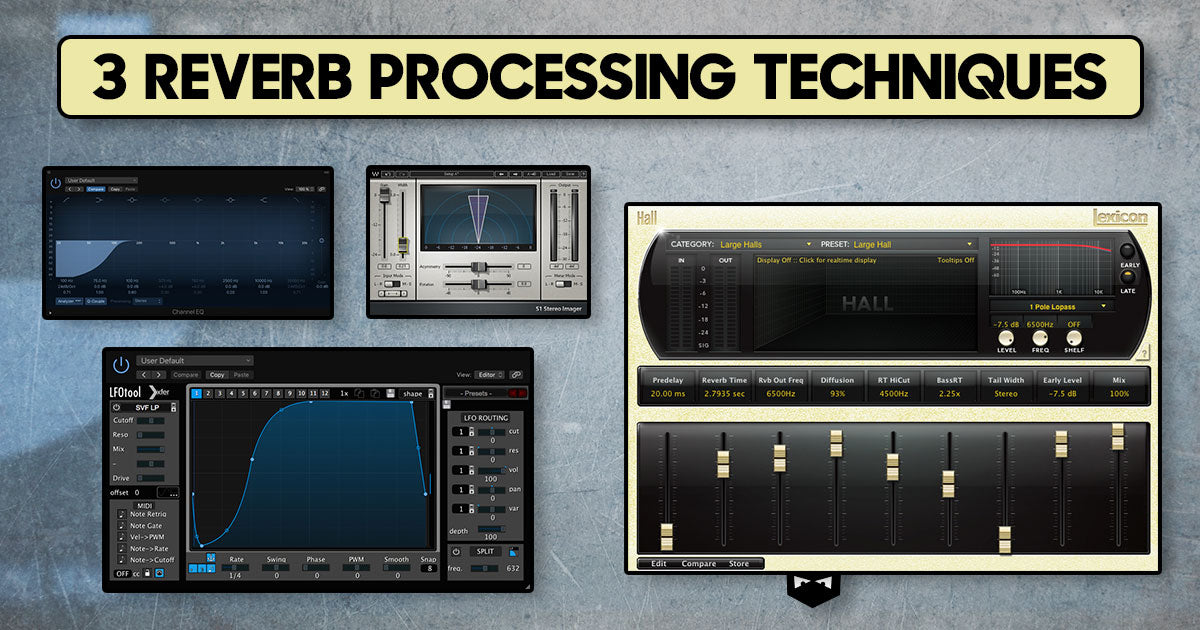
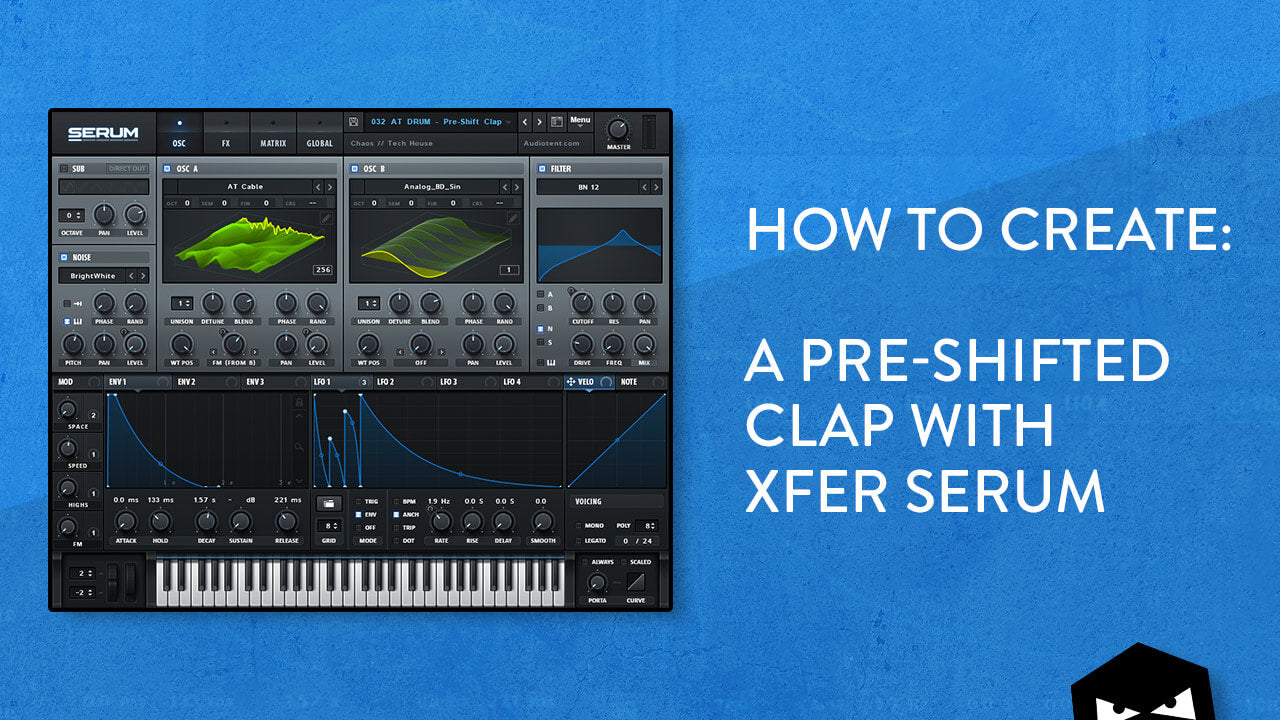
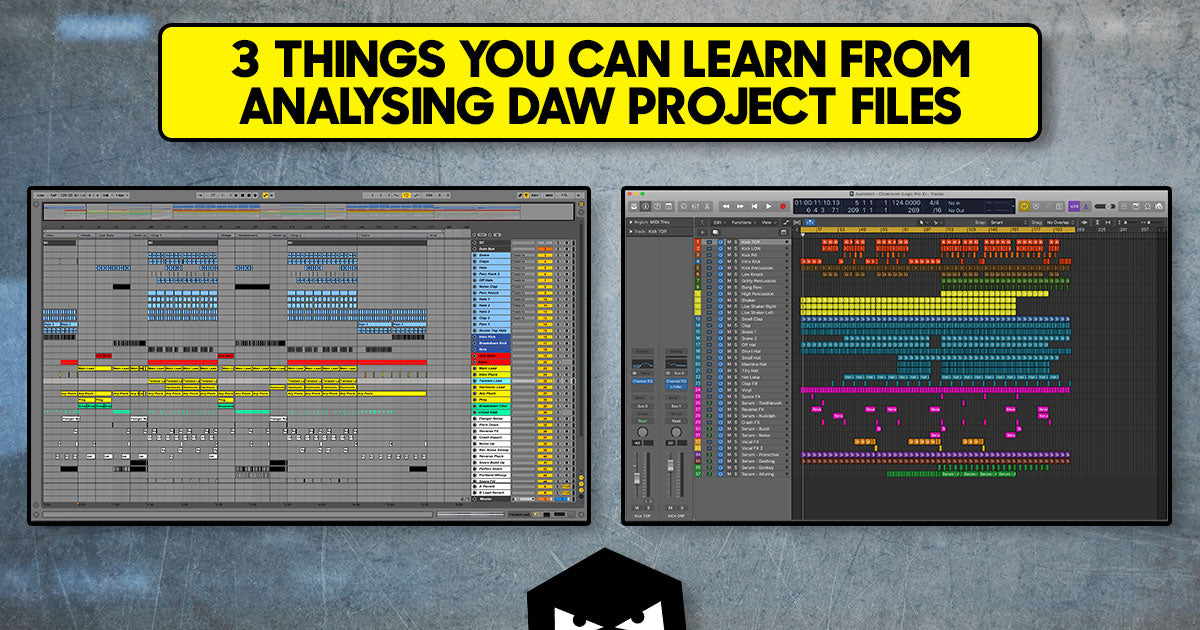
Leave a comment
This site is protected by hCaptcha and the hCaptcha Privacy Policy and Terms of Service apply.